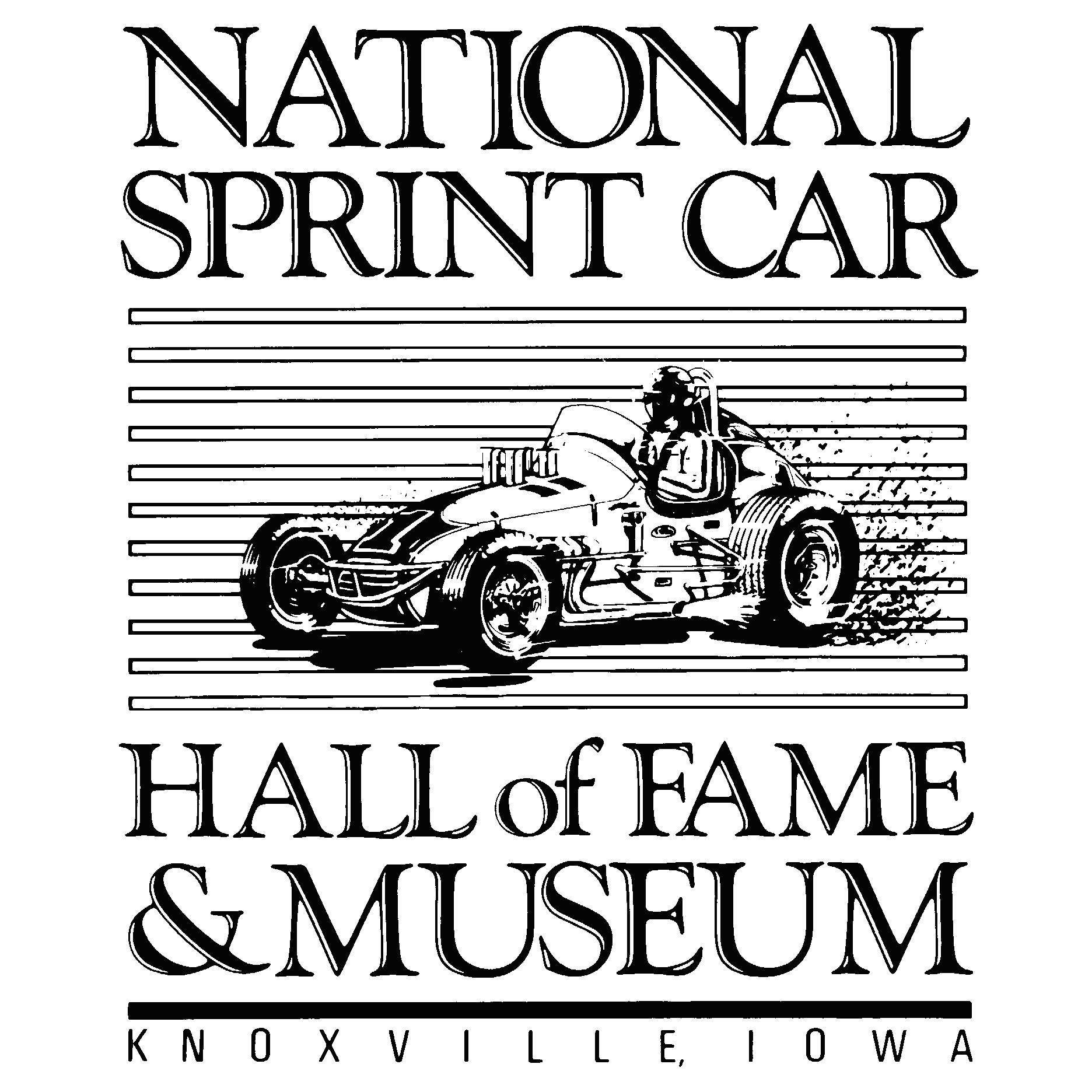Let's hope NASCAR takes the lessons from Dover to heart
Photo by Matt Sullivan/Getty Images
Don’t hate the player--hate the game.
If you're Denny Hamlin, don't blame Joey Logano if you can’t pass the No. 22 Team Penske Ford.
Blame the current aerodynamic package.
“I thought the 22 (Logano) was trying to stay on the lead lap, but they said he was 24 laps down, and so he was kind of air blocking us and we lost the lead, and we lost that stage,” Hamlin said. “Then after that, we lost control of the race and the track got tighter.
“We just got tight. Once we lost control—lost the clean air—it was so difficult to pass. I needed to be up front with as tight as my car was, so I just lost the lead and backpedaled from there.”
Hamlin started from the pole, won the first stage and led 218 of 400 laps before finishing fifth. But “blocking” wasn’t the problem in Sunday's Drydene 400. Given the amount of downforce and drag on the current car, with all else being equal—such as the caliber of equipment and an elite driver behind the wheel—passing was an all but insurmountable challenge at Dover International Speedway.
If a driver wasn’t out front and in clean air, the car’s handling wasn’t optimal. This wasn’t just a Hamlin problem. This wasn’t just a Toyota problem. The Hendrick Chevrolets of third-place Alex Bowman and eighth-place Jimmie Johnson faced a similar dilemma.
“We had a good car there to start,” said Bowman, who had his second podium finish in as many weeks. “It’s just really hard to pass, and it took a while for the track to widen out.
“I made up some track position and then I had an issue on a pit stop that kind of put us back behind some of the guys we just passed. We just have to keep working at it.”
Johnson, an 11-time Monster Mile winner, suffered a similar experience.
“When we were in clean air, our lap times were great,” Johnson said. “Just as everyone experienced, it was really tough to pass. We had a few things that set us back and lost track position throughout the day.
“But we had a really fast race car. We were able to pass some, which I don’t think many could pass at all.”
Johnson added a Twitter post after the race, saying "I remember a day when you could pass with a faster car, that was not today."
Clint Bowyer started the race 17th and had trouble advancing beyond 10th. In clean air, Kyle Larson shot out to a six-second lead in the final stage prior to hitting traffic. He lapped teammate Kurt Busch along with Bowyer in the closing stages of the race, leaving just eight drivers on the lead lap.
“It was hard to pass,” Bowyer said. “Extremely hard to pass. Almost impossible.You had to have a really, really good car. It was just kind of a struggle out there all day long for us. Our ITsavvy Ford was about where we came out about where we ran.
“I am looking forward to Talladega though because you can certainly pass there.”
Unless NASCAR alters the current configuration, a similar dynamic will come into play at Martinsville Speedway and ISM Raceway. After watching races earlier in the season at Dover, Phoenix and Martinsville, it’s surprising NASCAR made no attempt to tweak the package prior to releasing the 2020 rules last week, perhaps by removing downforce from the cars at tracks of a mile or less in length and road courses.
The 2019 package at longer downforce tracks has improved the quality of the racing product significantly. As well as the current configuration--with lower horsepower and higher downforce and drag--works on intermediate tracks, this car needs help on the shorter tracks, where the combination of higher horsepower and down force hasn't produced scintillating competition.
The sanctioning body can’t wait until the season finale next year at Phoenix to address the issue.

.png)





